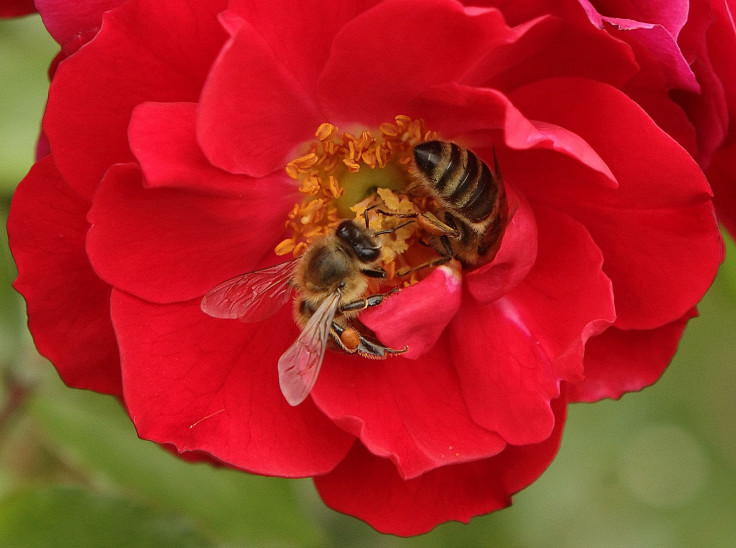Melbourne researchers using honeybee vision to make highly advanced cameras, provides solution to classic problem

According to Melbourne researchers, the way honeybees see colour could pave way for higher accuracy for cameras used in robots, drones and phones. In short, the researchers discovered a new mechanism for processing colour information.
Since the colour of light continuously changes, identifying it in complex outdoor environments can be difficult. Honeybees do not face this problem. Hence, researchers are now analysing the insects' vision for more advanced cameras.
The study, published in the Proceedings of the National Academy of Sciences of the United States of America, was supported by an Australian Research Council (ARC) grant. The researchers involved are from RMIT University, Monash University, University of Melbourne and Deakin University.
The project was coordinated by Associate Professor Adrian Dyer from RMIT. Dyer is trying to solve the classic problem of how colour vision works. According to the study, bees have three extra eyes known as ocelli, which look directly to the sky while sitting at the top of the head. Lead author Dr. Jair Garcia from RMIT stated that the ocelli contain two colour receptors perfectly tuned to sense the colour of ambient light. There are two compound eyes also present in bees that sense the colour of flowers from the environment.
“For a digital system like a camera or a robot the colour of objects often changes. Currently this problem is dealt with by assuming the world is, on average, grey. This means it’s difficult to identify the true colour of ripe fruit or mineral rich sands, limiting outdoor colour imaging solutions by drones, for example,” Dyer said in an RMIT statement.
Information from the ocelli is integrated with colours seen by the compound eyes. Prof. Andrew Greentree said that this is a rare thing where ecology, neuro-anatomy, biology and physics fit together. The discovery has provided an incredible solution to a classic problem. It in fact makes colour consistency computationally inexpensive, Prof. John Endler believes. The study shows how modern, interdisciplinary neuroscience is capable of finding an elegant solution to classic problems in vision.
“Physics suggests the ocelli sensing of the colour of light could allow a brain to discount the naturally coloured illumination which would otherwise confuse colour perception. But for this to be true the information from the ocelli would have to be integrated with colours seen by the compound eyes,” Dr. Garcia explained.
Stay tuned on IBT AU for more updates on science news. [In Case You Missed: Frog evolution: Meteor impact that wiped off the dinosaurs 66 million years ago, allowed frogs to evolve]





















